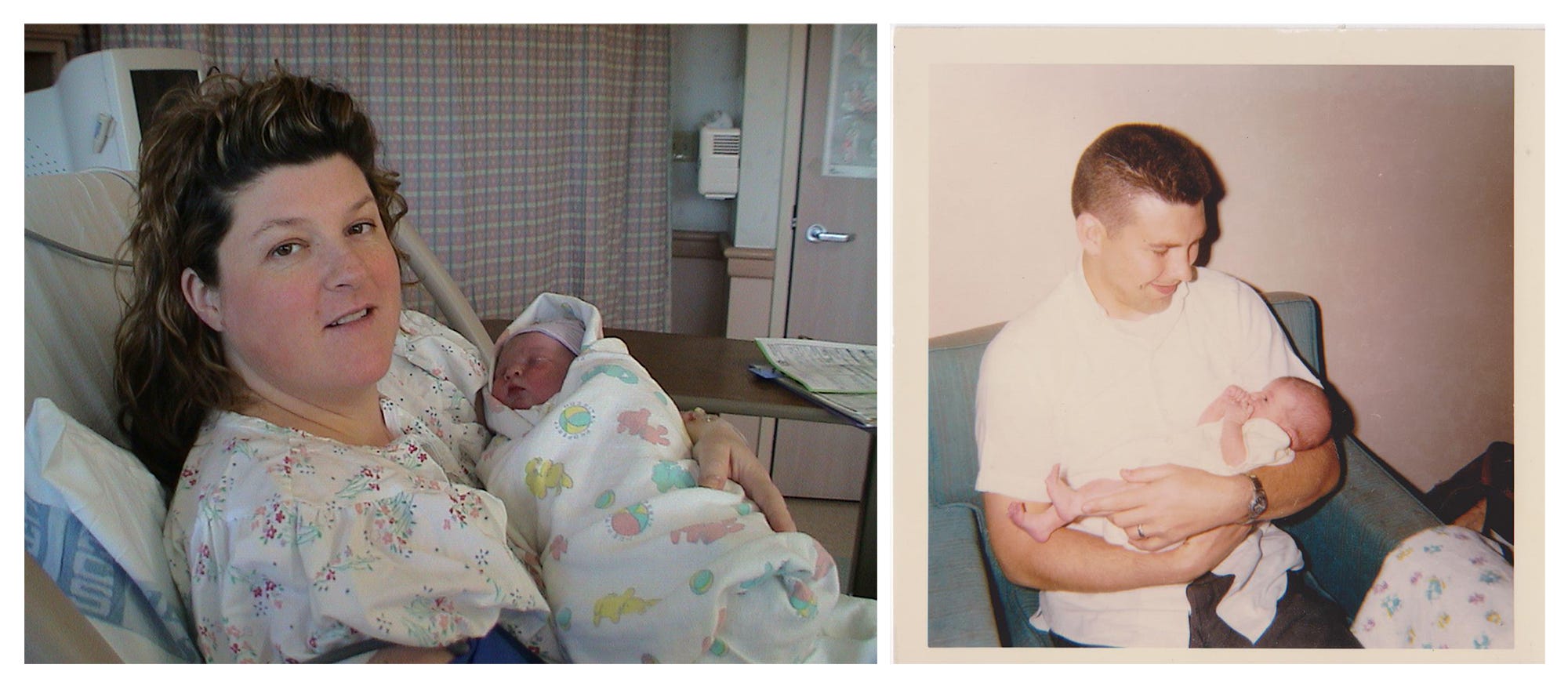In 2021, Juergen Teller’s W Magazine celebrity photographs went viral for their ostensible lack of professionalism. Unlike Apple’s “shot on iPhone” campaigns, Teller’s photos were naturally lit, and mostly awkward, and actually looked like iPhone photos. I’m sure, in his choice to simplify, he anticipated the outrage. I, too, laughed at the photos initially, wondering how much money W Magazine had slated for the shoot. However, when I look back on the images now, the rejection of professional aesthetics seems obviously on brand for Teller, and certainly appropriate for a fashion magazine at that moment in time.
In the few years since, I’ve noticed that my peers, too, are over the upgrades. We’re preferring the smaller, older cameras not just for party photos, but for real work. Paris shoots many of her images on a silver camera no larger or thicker than my palm. Trish shot the video that backs my website on a similar point and shoot with digital zoom and no image stabilization. A songwriter I like - Lael Neale - exclusively uses what’s probably an early 2000s Handycam for her music videos.
It seems that, post-pandemic, the favored nostalgia aesthetic has shifted from something that looks like Portra 400 to something that looks like the 8KB jpegs of the early digital cameras. Today’s young artists grew up smiling for their parents’ Canon Powershots, and filmed their own first movies on Flip Video cameras. It makes sense.
But are we favoring point-and-shoot cameras now sheerly out of nostalgia, or is there more to it? Hasn’t the M.O. of professional artists always been to prefer the rudimentary tools of their trade over the newer, more impressive bells and whistles that greener artists covet? I’m sure this shift is, in part, a rejection of the amateur belief that a better camera makes you a more capable photographer. It’s a returning to our artistic roots to play with the tools that made us fall in love with images in the first place. It’s an aesthetic positioning away from the sharp visuals that now alert our scrolling eyes to advertisement. An especially “ugly” picture might even indicate that the photo’s true function is to stand in for a more important concept, and you should inquire what that might be.
Perhaps it’s not old tech we’re gravitating toward, but lower profile ways of shooting. Everyone is recording, and everyone is sick of everyone recording. At the very least, strangers aren’t impressed by your DSLR. At the worst, they’re threatened by it. Walking around as a professional with professional gear feels greedy. Unnecessary. Revealing. Entirely un-mysterious. An old trick. Expected. Sad, really. The pendulum has swung - we’re over it.
We want the tool our parents used to take pictures of us. We want the tool that matches our vintage outfit. We want the tool that no one will suspect. We want the friendly tool. The dumb tool. We want the tool that will give us that look, and make us look casual.
We want to look casual - forever?









Really looking forward to the rest of the series!
Fantastic!